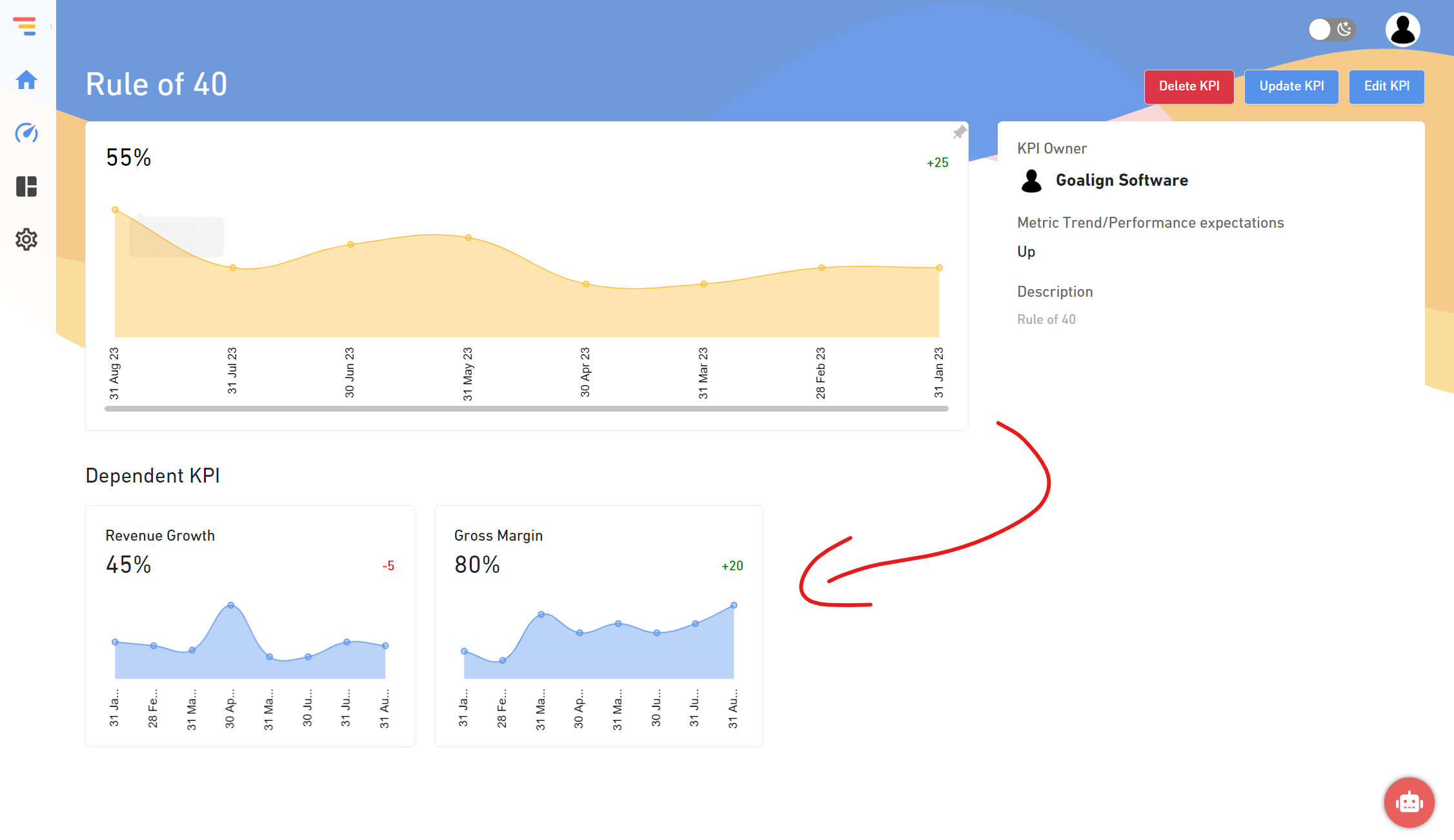Introduction
For OKRs (Objectives and Key Result Areas) management, spreadsheets are typically the go-to tool for smaller firms. However, to achieve ’10X’ growth and teams rapidly expanding beyond 20 individuals, it’s likely that it’s time to transition from Spreadsheets to OKR software.
When firms begin using OKRs, the first and most natural option is to start swiftly and – any guesses? Of course, there are no rewards for guessing. Google Sheets or Excel Templates are two options. Why? Simply because it requires little investment, is simple to adapt, and requires little effort to get teams accustomed to a new system.
Here’s how OKR Software can provide a more smooth experience than spreadsheets.
5 Reasons to Move Away from Spreadsheets and Into OKR Software
Many businesses begin their OKR journey with essential technologies like Excel, Confluence, or PowerPoint. It is a simple method to get started and acquaint everyone without spending extra money. However, when it comes to expanding and professionalizing OKRs, it is well worth considering specialised software to cope with the complexities of maintaining OKRs across teams, departments, and regions.
While spreadsheets provide a simple starting point, they are, after all, static documents and so restricted in their capacity to fully realize the benefits associated with OKRs. An OKR platform, on the other hand, not only allows you to harness all of them but also takes them to the next level.
The price of poorly written OKRs
Poorly worded OKRs might undermine all of your hard effort to realize the benefits of OKRs. Writing vague, difficult-to-understand, and non-best-practices OKRs can be a formula for catastrophe. The repercussions of bad OKR authoring vary depending on the size of your firm and how much you rely on OKRs to help you develop.
If your OKRs do not adequately communicate your most significant objectives, you risk wasting valuable time on the incorrect tasks. Consider what will happen if the entire organization wastes its most essential resources in this manner — disaster. Furthermore, put your time and effort into something that doesn’t contribute to the more excellent picture.
1. Standardization
OKR is an open-source framework that can be interpreted in various ways. There are several techniques, and each firm and team must discover how to apply them to their demands. In a growing context with a rising number of units of varying agile maturities gradually collaborating, everyone must speak the same language.
The software offers a centralized platform that establishes meeting cadence, language, and preparation and review activities for all teams. It simplifies new team onboarding and cross-functional communication and creates the groundwork for effective OKR expansion.
2. Data-driven Decision-Making with Analytics
OKRs have grown in popularity in recent years because they allow for the focus on measurable data for assessing success and changing operations. OKR software takes this to the next level by providing continuous reporting and analytics. Having the whole OKR process in one place gives unique insights for OKR trainers and leaders.
It provides the foundation for continual improvement and adaptation, particularly in complex organizational systems with many practitioners. It is possible to assess whether there are too many binary Key Results, too much KPI emphasis, or too many milestones during the writing process. At a glance, the amount of alignment and the number and kind of team Objectives contributing to the organizational Objectives are also evident.
3. Visualization Promotes Transparency and Alignment
OKRs are commonly used by businesses to increase openness about company goals and to encourage alignment. While objectives in spreadsheets and confluence documents give transparency, they get progressively muddled when many teams write goals in the same document. Having each team develop their plans in separate documents, on the other hand, makes matters worse since the overall picture is lost, and groups struggle to grasp how their responsibilities connect with company priorities.
OKR software creates corporate objectives the same way that spreadsheets do, but it also includes visuals to make them more understandable. A graphical goal framework allows leadership and teams to assess how aligned the units are with company goals at a glance. Vertical alignment guarantees that everyone is working in the same direction and that the larger picture is always visible.
4. Focus and Engagement
Another motivation for using OKRs is to boost the attention and participation of all teams in the pursuit of clearly defined goals. However, attention is quickly lost without the capacity to maintain track, especially among groups new to OKRs. It takes a lot of effort and discipline to regularly update the Key Results and assess progress in a static document.
It takes longer to discover trends and course-correct actions when you don’t achieve as much progress as intended. Typically, goals are defined at the start of the cycle and revised at the conclusion, with minimal involvement in between. As a result, teams are easily distracted during the process and cannot focus on what is crucial.
5. Integration in Daily work
Employees use E-Mails, communication, everyday activities, project management, and time tracking programs. As effective OKR implementation depends on engagement, a spreadsheet or Confluence page is another tool that decreases acceptability for OKRs from the start.
What are the benefits of using OKR software?
Better Alignment
Spreadsheets will not help you or your team better align your goals. Goal setting and alignment are two pillars of the OKR approach. You may utilize an OKR framework software to align and integrate inter-departmental objectives up to company-level goals and make them accessible to all workers. Employees may also see how their efforts contribute to these goals.
Increased Visibility
A spreadsheet is solely available to CEOs and department heads, whereas software may access all employees in a firm. The team members know the strategic aims for increasing the OKRs system’s performance.
OKRs on better visibility
You can obtain reminders to upload the measurements and update the progress with software specialized to the OKR system. However, in a spreadsheet, the entire method is manual. New information is communicated with the whole team via software for a more accurate overall review.
Develop qualitative self-assurance
The idea of the OKR framework is to make progress toward a goal and hold oneself accountable for it. Visible and reported individual progress offers a much-needed mental boost for the organization’s goal accomplishment. This will also help raise issues or concerns regarding the specific process that a team or individual deals with before they become more apparent. This contributes to a less stressful work atmosphere and reduced energy waste.
Supportive practices
An OKR software application may contain the best practices for assisting the team at each stage of the OKR cycle. A spreadsheet must be regularly updated. Because the entire system is automated, you won’t need to regularly set up new objectives or processes.
Conclusion:
OKR software is more than just a tool for setting objectives and tracking progress. It raises OKR to the level of a medium for continually enhancing every part of your company. It enables the collection of all external elements, internal capabilities, and strategic goals into a single location to integrate analytics and report everyday work alongside planning and execution. This helps firms predict and respond swiftly to shifting trends and requirements, allowing them to remain competitive and develop more quickly.






